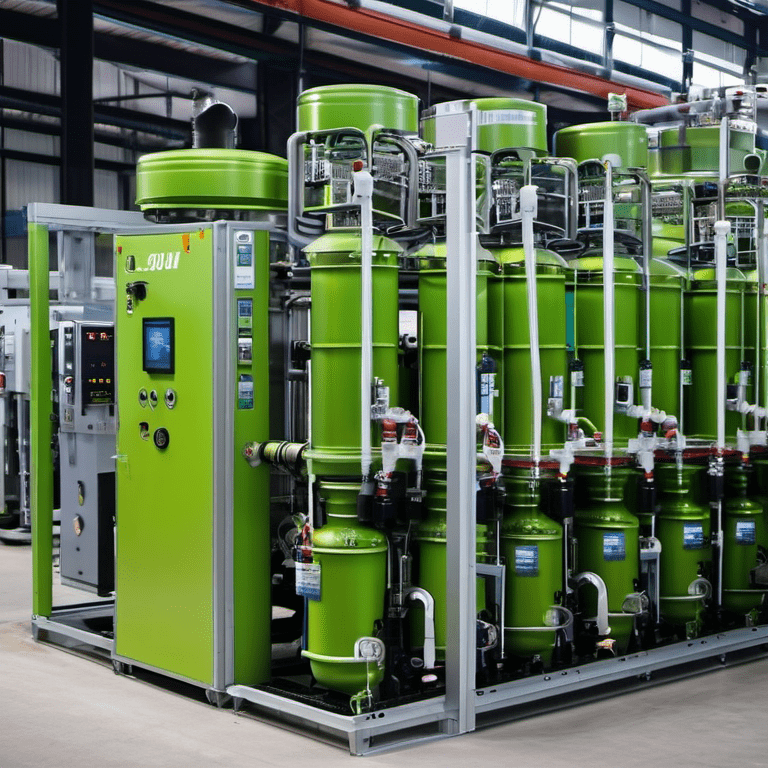Need:
The industrial gases sector is a critical component of the global economy, powering industries from healthcare to manufacturing. However, it is also a sector that is ripe for disruption and innovation. The need for more efficient, cost-effective, and environmentally friendly production and distribution methods is clear. This is where artificial intelligence (AI) comes in. AI has the potential to revolutionize the industrial gases sector, but cracking the AI code requires a deep understanding of both the technology and the industry.
Solution:
AI can provide solutions to many of the challenges faced by the industrial gases sector. For instance, predictive analytics can help companies anticipate demand and adjust production accordingly, reducing waste and improving efficiency. Machine learning algorithms can optimize distribution routes, saving time and reducing fuel consumption. Natural language processing can improve customer service by automating responses to common queries.
Moreover, AI can also play a role in improving safety in the industrial gases sector. For example, AI-powered systems can monitor equipment for signs of wear and tear, predicting potential failures before they occur and preventing accidents.
Action:
To crack the AI code in industrial gases, companies need to take several steps. First, they need to invest in AI technology and talent. This includes hiring data scientists and AI specialists, as well as investing in the necessary hardware and software.
Secondly, companies need to collect and analyze data. AI algorithms learn from data; the more high-quality data they have access to, the better their predictions will be. This means that companies need to invest in data collection and management systems.
Thirdly, companies need to integrate AI into their operations. This means not just using AI tools but also rethinking their processes and workflows to take full advantage of what AI has to offer.
Profit:
The potential profits from cracking the AI code in industrial gases are significant. By improving efficiency and reducing waste, companies can significantly reduce their costs. By optimizing distribution, they can reach their customers more quickly and at a lower cost. By improving customer service, they can increase customer satisfaction and loyalty. And by improving safety, they can avoid costly accidents and lawsuits.
Moreover, by positioning themselves at the forefront of AI innovation, companies in the industrial gases sector can gain a competitive advantage. They can become leaders in a rapidly evolving industry, attracting customers and investors alike.
Conclusion:
Cracking the AI code in industrial gases is not an easy task. It requires significant investment in technology and talent, as well as a commitment to data-driven decision making. However, the potential rewards are significant. By harnessing the power of AI, companies in the industrial gases sector can improve their efficiency, reduce their costs, and position themselves for success in a rapidly evolving industry. The future of industrial gases lies in AI, and those who crack the code will be the ones who shape that future.
